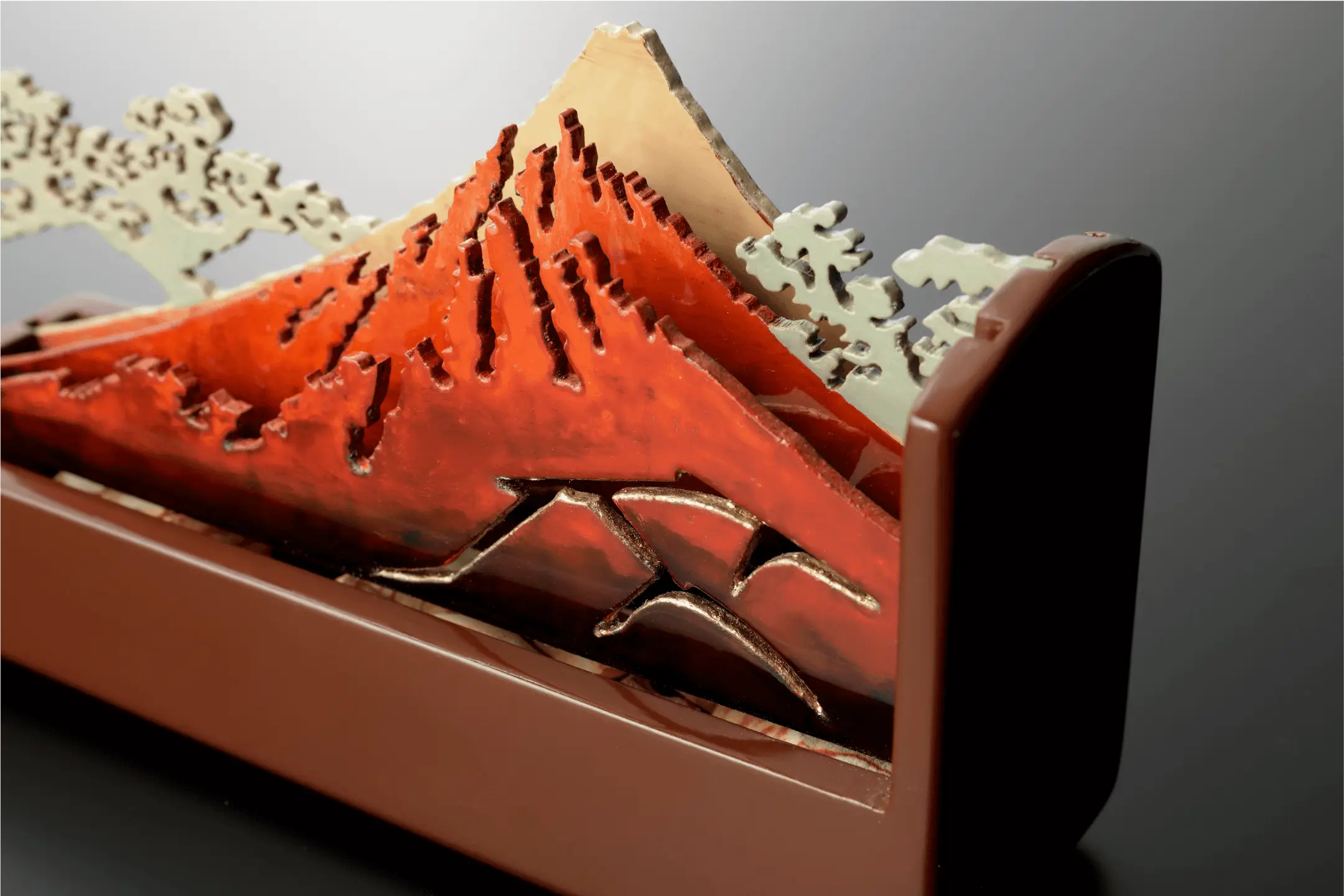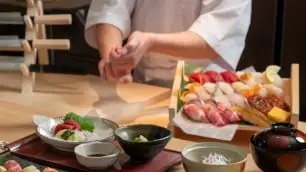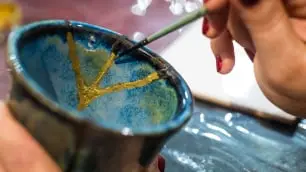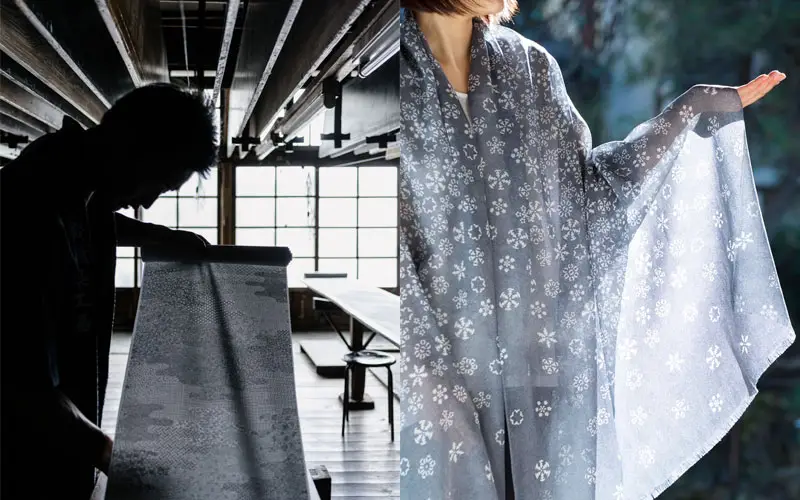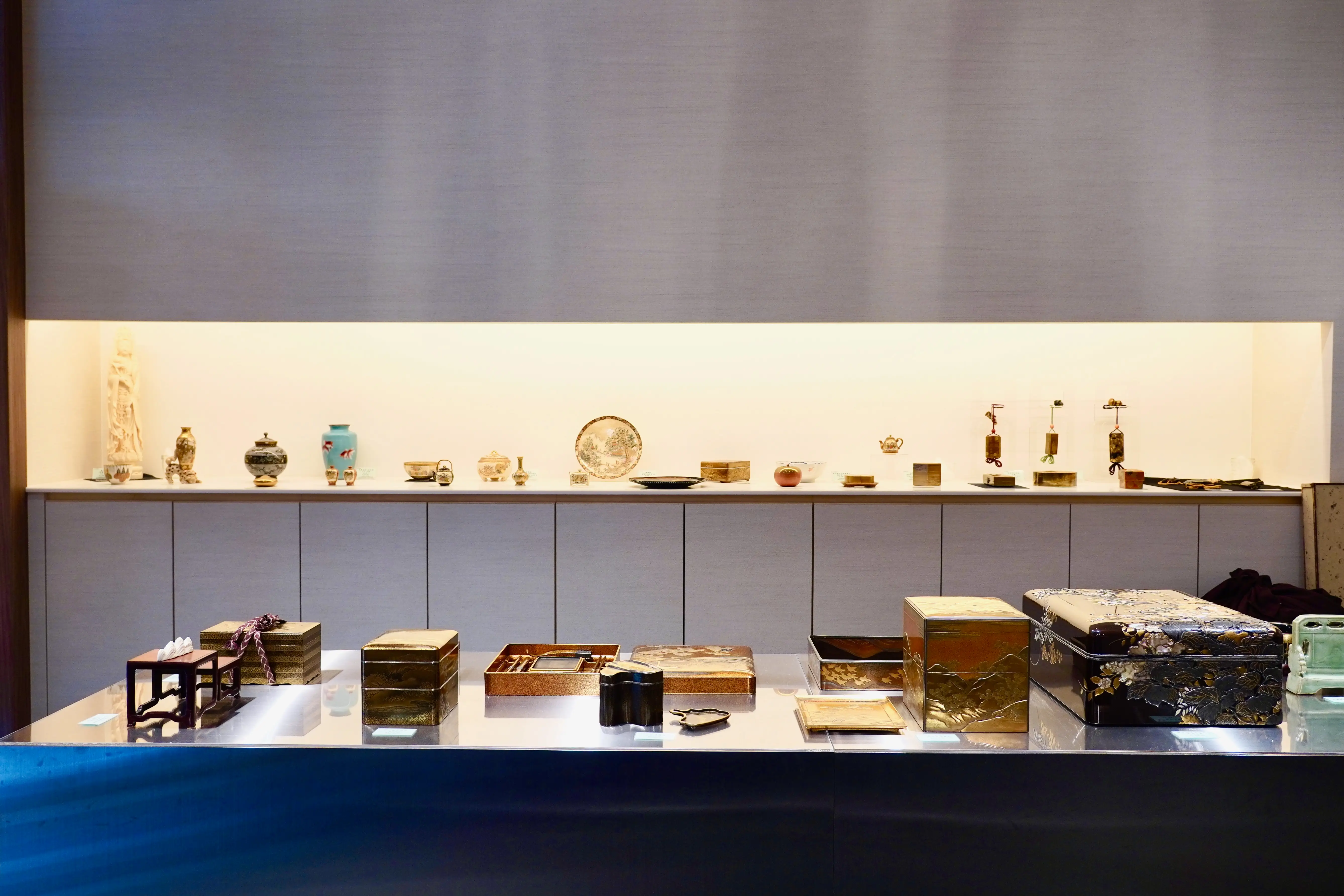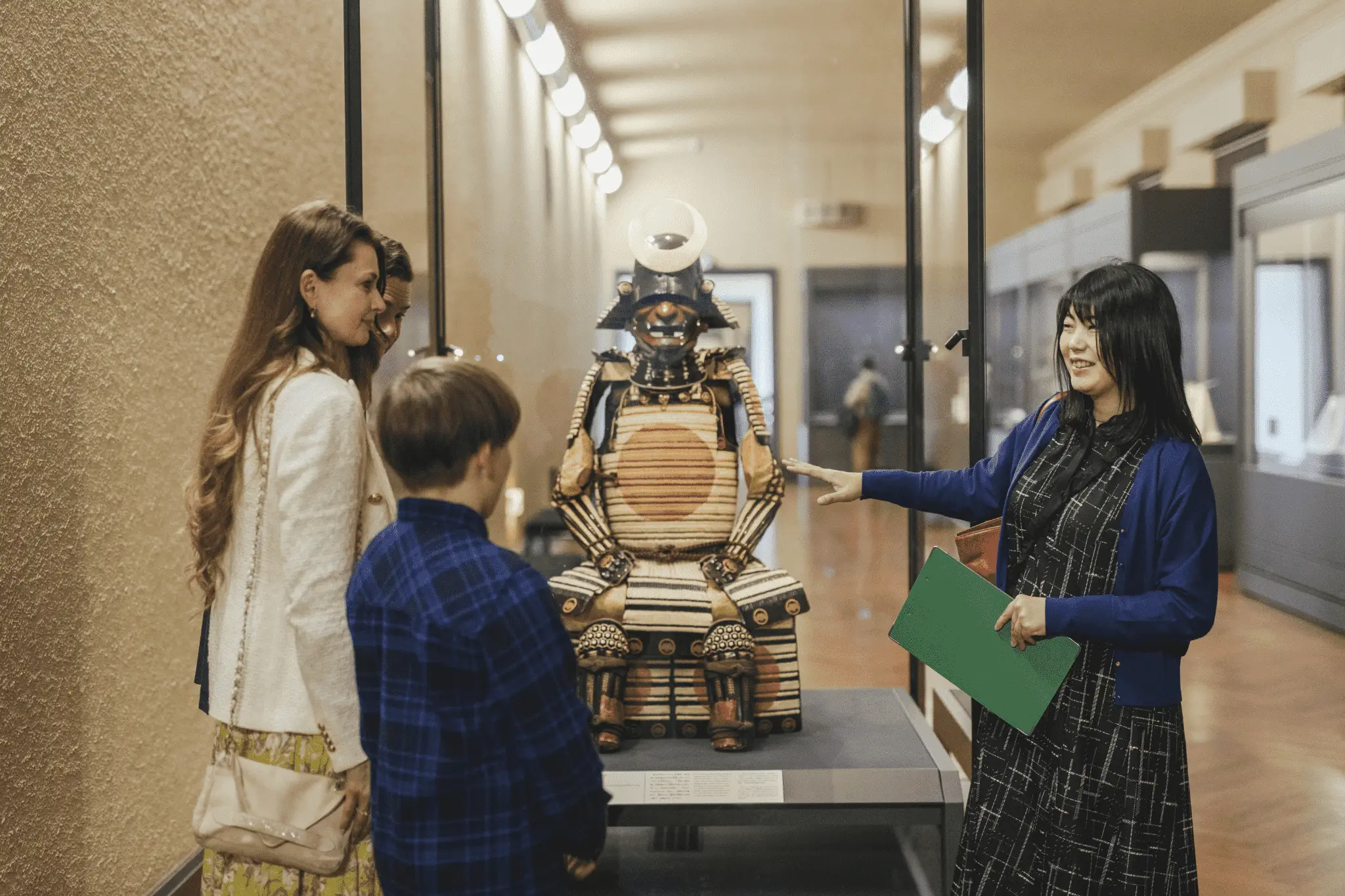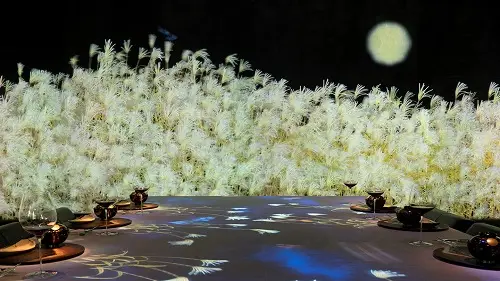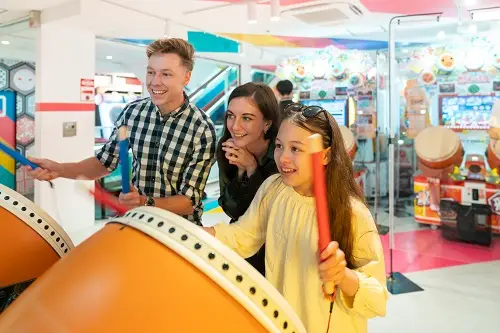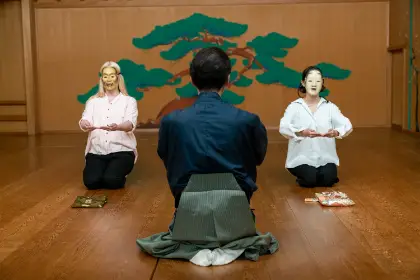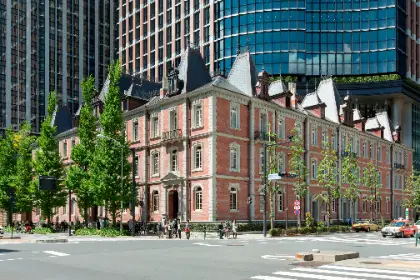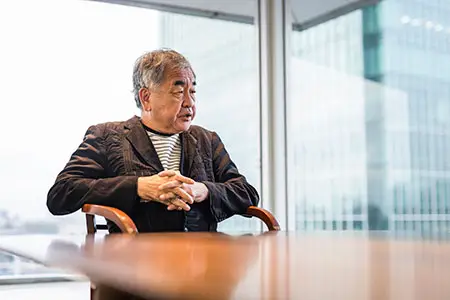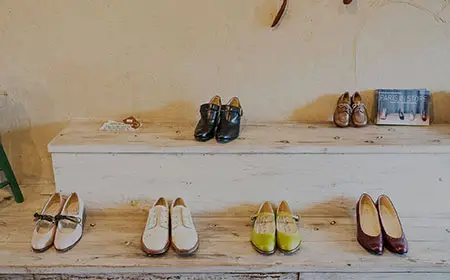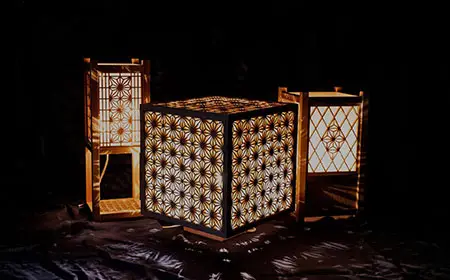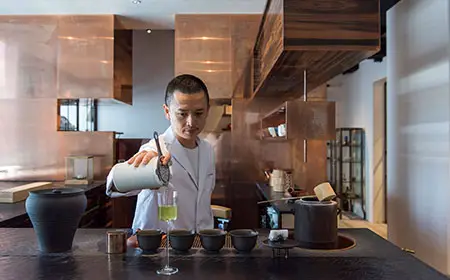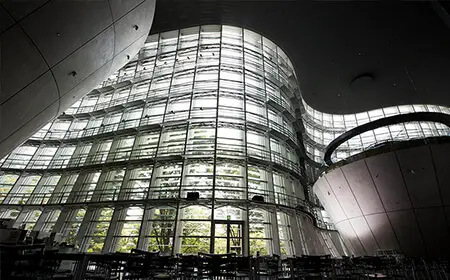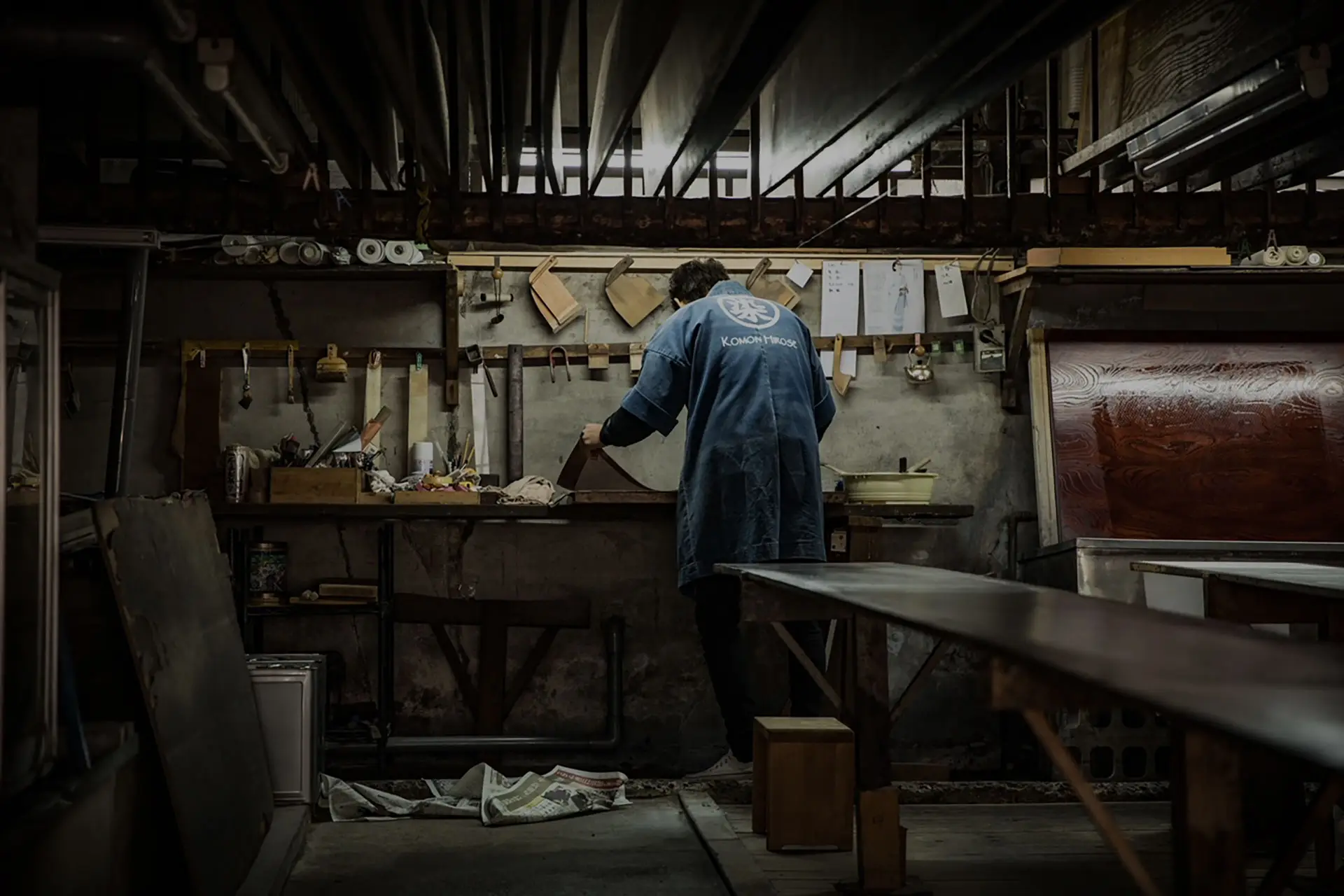
OLD MEETS NEW: MODERN CULTURE AND TRADITIONS MERGE
Tradition need not stand still. Tokyo, the neon metropolis, was once Edo, the cradle of culture. Today, artists and artisans across the city are keeping that culture alive in innovative ways connecting old and new, expressing classical ideas through a different lens for successive generations.
March 2023
01. KAPUKI
Tradition fuses with street style, gaining a new lease on life at the revolutionary clothing store KAPUKI in Meguro, Tokyo. Kimono, haori coats, and other items are realized here in weathered denim, understated tie-dye, and innovative designs.
Owner Reiko Koshizuka, a former stylist, directs the store to challenge the ever-evolving definition of beauty, keeping kimono culture alive and accessible. Director and photographer Mitsuaki Koshizuka collaborates with local artists who bring a solid understanding of tradition and a modern approach. The designs are born from great respect and deep understanding of the traditions underlying the original form. True to the soul of their heritage, while original and relevant in their expression.
As KAPUKI put it themselves "For traditions to travel down the stream of time, they must blend with the elements of now, flowing gracefully alongside the new era."
Visitors can also book an appointment with English-speaking staff to discover the depths of kimono culture, and learn how to properly wear any purchase they make.
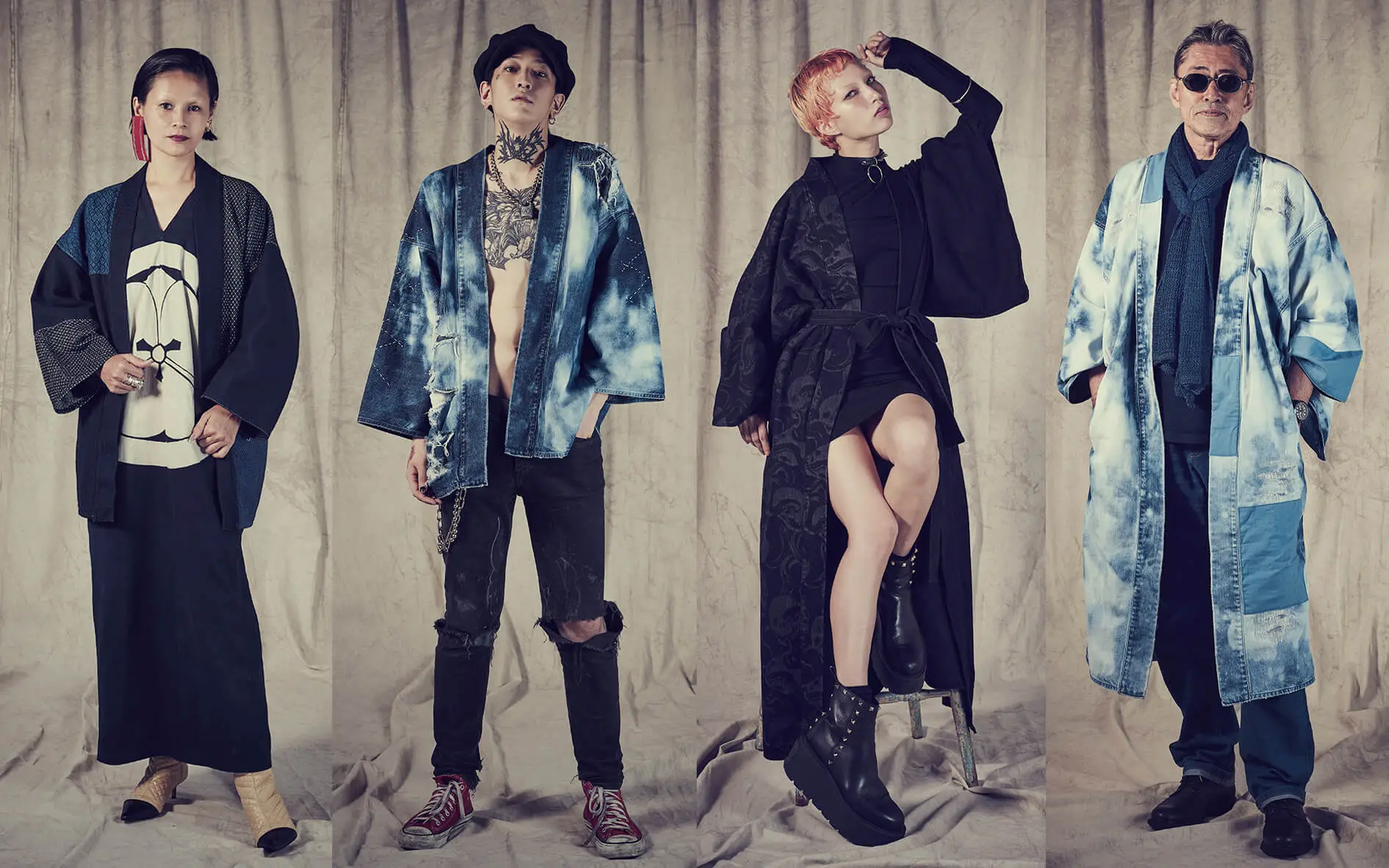
02. HIROSE DYEWORKS
In Shinjuku Ward, near the Myoshoji River, the Hirose Dyeworks preserves Tokyo's legacy of Edo komon fabric dyeing.
Although it is much older, this handicraft rose to prominence in the Edo period (1603-1868). Under a law forbidding the stylish locals from extravagant dress, the trend arose for this subtle patterning of minute icons, which appears plain from a distance but intricately detailed when seen up close.
Yuichi Hirose is the 4th generation of a family that has been preserving this legacy for more than 100 years. Making it his life's work, he is not content to sit on the family's laurels - he expands on the traditions of his forefathers and applies Edo komon to new brands and modern garments including beautiful silk stoles and neckties, and travels overseas to lecture on his art and innovate and collaborate internationally.
While Hirose Dyeworks does not offer tours, their online store ships both nationwide and overseas, so you can acquire a beautiful piece of wearable Tokyo craftsmanship, even if there is no time on your trip for shopping.
03. Takahashi Kobo "Andon/NIRAMI"
Woodblock printing has centuries of history, eventually giving rise to the "Edo woodblock printing" method in the Edo period. This method was employed by artists like Hokusai, in a collaboration between painter, carver, printer, and producer, to create enduring works of ukiyo-e, "pictures of the floating world" depicting everyday life that remain popular to this day.
Takahashi Kobo is the most historic surviving ukiyo-e woodblock studio, founded over 160 years ago. Yukiko Takahashi is its 6th-generation owner, a traditionalist, and an innovator. They still practice Edo woodblock printing, while also applying their craft in original ways that bring relevance to a new generation. By printing pop art with traditional methods, or applying ukiyo-e to modern materials, they preserve the theme of art for everyone to enjoy.
One such work is "Andon/NIRAMI," an update on the Japanese paper lantern that replaces the usual bamboo and oil with steel and electricity. It utilizes washi paper and ukiyo-e prints to depict the striking nirami glare of Kabuki, with a stylish and minimalist design based on a famous ukiyo-e work by the historic artist Sharaku.
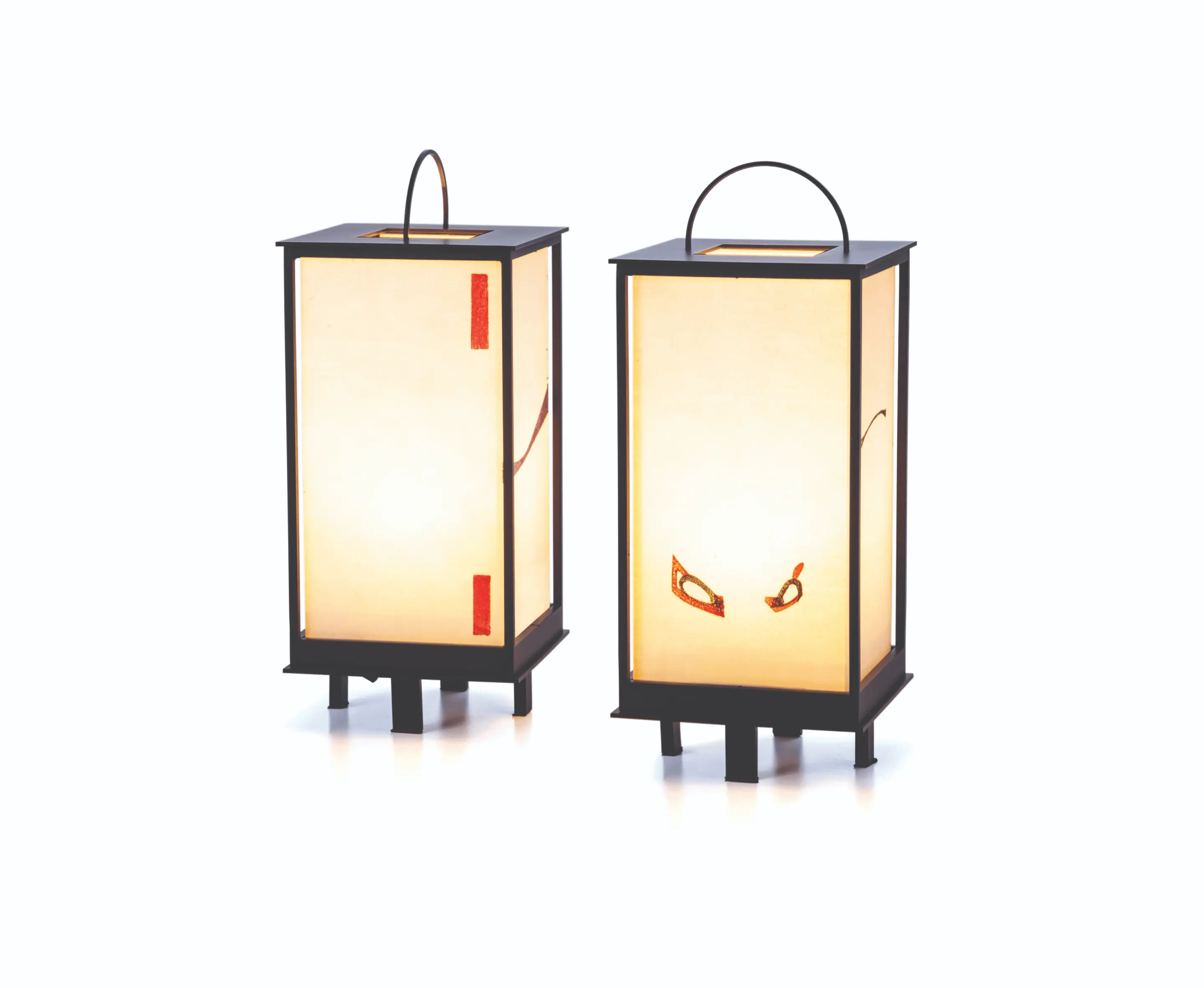
04. Ataka Shikkouten "SHITTO-RI"
Lacquerwork has been prized in Japan for centuries as a mark of refinement, from temples to teacups. And Shintaro Ataka, a certified "Tokyo Meister" of the craft, is one of the few remaining experts in "Edo shikko," the capital's own lacquerwork tradition.
Beyond his restoration work for monuments like the ancient Zenkoji Temple in Nagano and the Hundred-Step Staircase of Hotel Gajoen in Tokyo, Ataka applies his art to modern sundries, placing the joy of masterful lacquerwork directly in the hands. Cups, vases, accessories, and more lend a warmth from Edo shikki to daily life that surpasses common utensils.
Perhaps most remarkable though is his creation of the "Shitto-ri," series in collaboration with designer Takanao Niira. This study in lacquer casts a famous ukiyo-e image in three dimensions, using multiple lustrous layers to reimagine the woodblock printing of the original "Black Fuji" artwork by Hokusai. And the incorporation of diatomaceous earth makes it a functional artwork that helps control humidity while serving as an elegant piece of home decor.
